5. Valerie and Her Week of Wonders (1970)
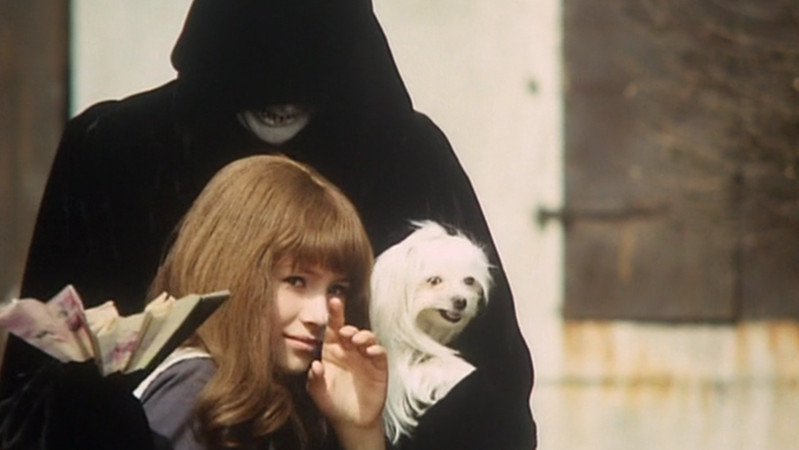
Dressed in the colors of a nightmare and lost in the elusiveness of a poem, “Valerie and Her Week of Wonders” by Jaromil Jires perhaps is the most absurd coming-of-age story ever fabricated. The film’s thematic core is not obvious right from the beginning, but once the viewer dives into this thick ocean of primal terror, the spectacles are as many as the objects behind.
In life, sometimes every new stage is accompanied by the chilling fear of the unknown. Valerie is a 13-year-old girl whose initiation to adulthood comes together with much numbness and angst towards a heavy inner transformation. Although the change is inflamed by her own flesh and blood, the entire world seems changed and menacing.
Made by a male artist, “Valerie and Her Week of Wonders” is a film that deeply understands the female psyche. In terms of allegory, Jires crates a sexual awakening tale involving the entirety of the psychological and societal parameters concerning such a matter. Absolutely stunning and thematically solid, this is a surreal interpretation of a woman’s invasion in a girl’s body.
4. The Dreamers (2003)
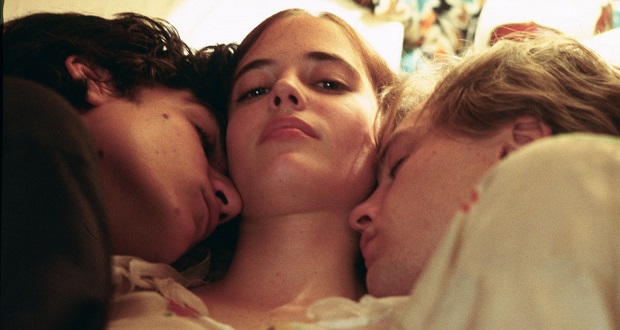
In Bernardo Bertolucci’s world, sexual expression is a need, sometimes articulated as a statement while some others dragged as an ordeal, whereas sexual awakening is a revolution. Found in France during the crucial year 1968, Isabelle, Mathew and Theo set their erotic triangle in a textured landscape of social and moral change.
Ostensibly provocative and arguably debated, the reflective surface of a past’s fragment that it is Bertolucci’s “The Dreamers” essentially is built with much different materials than the viewer assumes at first glance. Behind all the sexual overstimulation that its characters ooze, this is a romantic ode to beauty and art.
The legendary Italian auteur here observes a case of rebelling acts through a wide optical prism that allows personal beams of light to be poured into the medium and shed light on a collective condition. In this story sexuality is a matter quite personal, as well as a reflection of renascence, revolution, and life’s sensual bloom.
3. Welcome to the Dollhouse (1995)
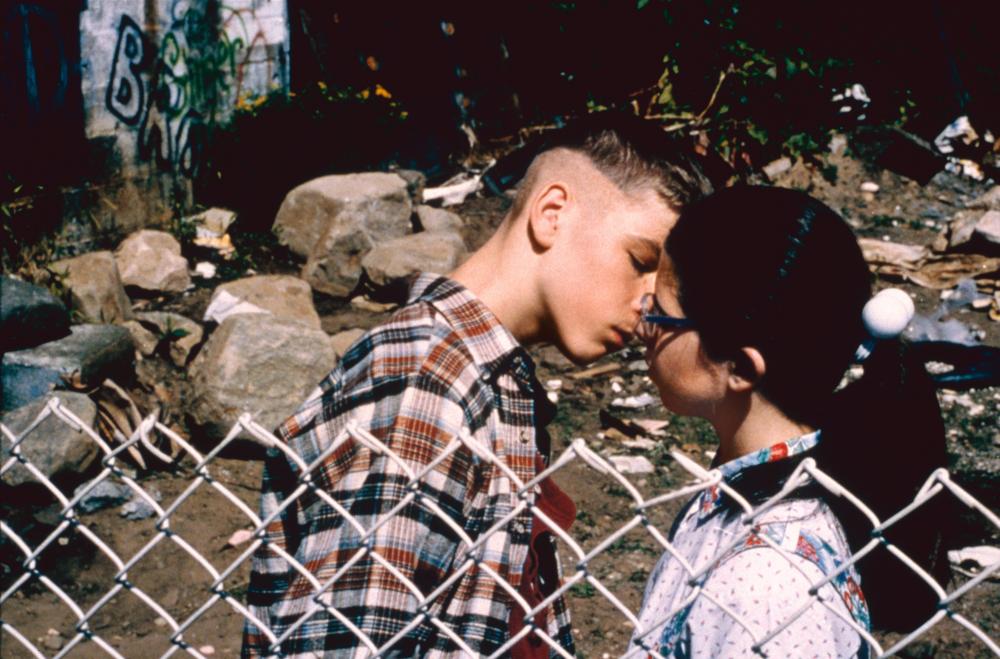
She doesn’t look like a doll‒ Dawn wasn’t that lucky, and her world is anything but a dollhouse. Since she’s been created by Todd Solondz’s mental hands, this young girl was doomed to possess an intelligent, suffering mind. The ironic title of the realistic torment that it is “Welcome to the Dollhouse” comes to unsettle every viewer all at once.
They say that the world of children can be a hostile land if one doesn’t satisfy the requirement of their unwritten status. Sometimes, a society of teenagers describes the environment of a jungle ruled by a tyrant. Solondz’s peculiar yet mentally advanced teenage heroine is well aware of this fact. Her unappealing appearance has turned her into the class’s black sheep. Her sharp mind has turned her into an adult.
Always in Solondz’s works sexuality reflects an inner heavy load, carried through a hard sentimental labor on love’s conquest. His creatures are made by dark ingredients.
However, they are real human beings struggling to accept their flawed nature and needing to be loved just beyond their wrinkled body and mind. Dawn is one of his best characters, as she mocks her own sexuality in a place of sentimental deprivation and carnal pseudo-satisfaction.
2. Deep End (1970)
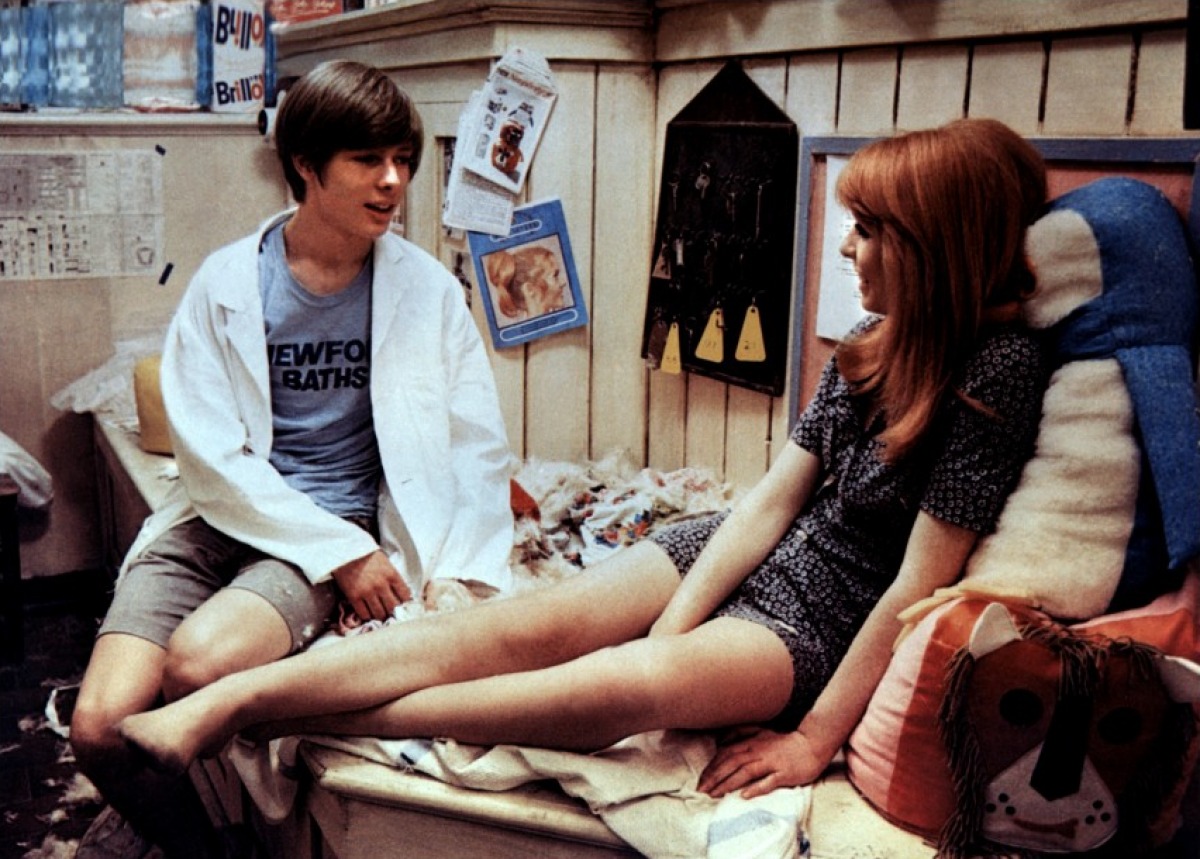
Developed along the spinning winds of a boy’s emotional maelstrom, Jerzy Skolimowski’s 1970 “Deep End” is a hard watch. The story’s evolution and turn, as narrated by the events, aren’t obvious since the beginning. Nevertheless, the film’s semantic bedrock, as reflected by a striking imagery, doesn’t become exactly obvious even in the end. Skolimowski synthesizes a picture of constant idealistic and mental kinesis that carves the mind of a 15-year-old man.
The film’s protagonist is Mike, an unexperienced adolescent who gets a job in a public bathhouse. This place is sexually charged, in a way both unbounded and repressed. He watches the bizarre microcosm around him numb and curious, until he recognizes the absolute incarnation of sexuality and lust in the body of a slightly older colleague called Susan. She becomes his obsession, in a course that leads in a red labyrinth that lies far from glory.
Mike’s trip seems long and vain: his object of desire is sunken in the thick substance of the tangible, while he is searching the female reflection of it in a transparent dream. The locus of “Deep End” represents the thin line where the massive foundation of the material finds the elusive shadow of the notional. This exact point defines the location of Mike as he falls in love for the first time. Love is red‒ so while satisfying, as while hurting.
1. Picnic at Hanging Rock (1975)
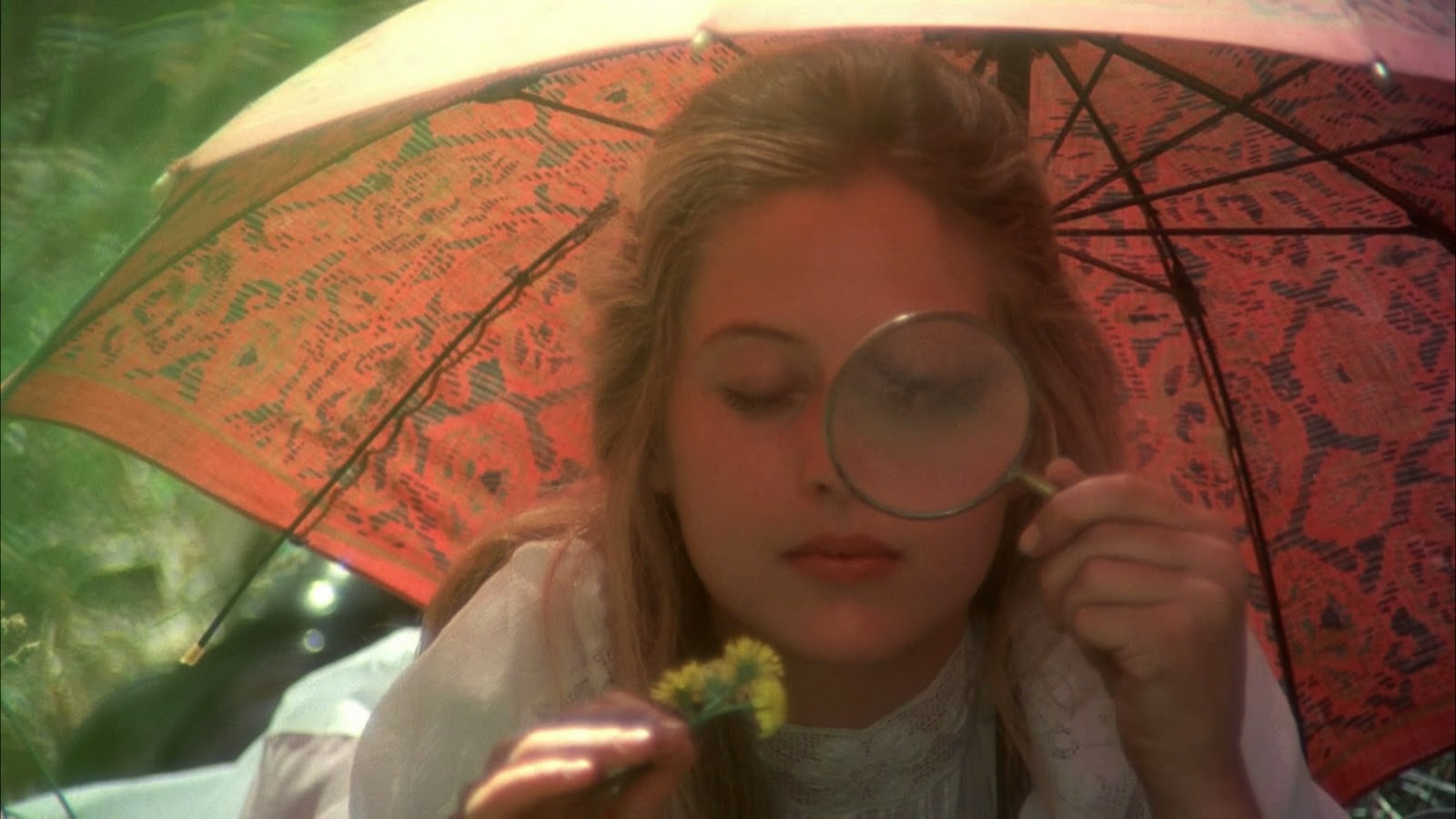
If cinema was aimed to become a form of visual literature, then Peter Weir’s 1975 “Picnic at Hanging Rock” is a real visual poem that echoes a melodic beauty throughout its entire timespan. Firmly based on its demanding allegory, this piece comprises a personal victory after being comprehend. Then, one should watch it again so as to enjoy its artistic majesty.
The plot describes the missing of four adolescent girls ‒who study in a conservative nonpublic college‒ during a school day trip. As suggested by the script, they were carried away by a primal, formless force which led them in remote, unknown places.
During their walk on a volcanic hill, the girls would leave their clothes behind as if being intoxicating by an invisible scent. Just one of them returns after days, but her glaring red dress disturbs her white-dressed classmates. She definitely isn’t one of them anymore.
“Picnic at Hanging Rock” is an art piece that has expanded cinema’s abilities of interpretation. It’s all about the awakening of repressed sexuality without providing any direct pictorial element or piece of dialogue in relation to this matter.
Weir has managed to expose his subject in completeness and complexity of substance by merely engaging striking imagery and a very well-made allegoric plot. This is definitely an exceptional masterpiece of the seventh art.